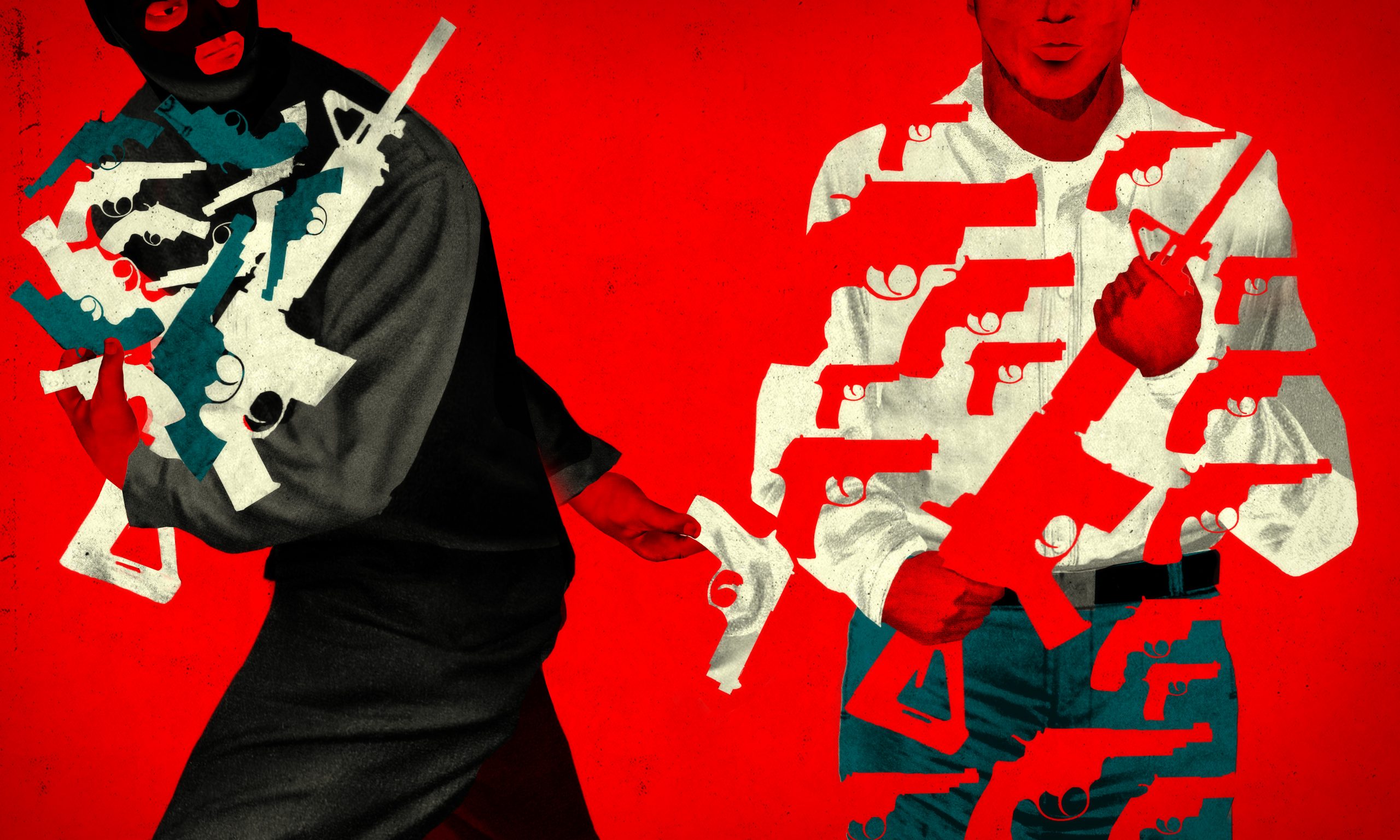Chris Ishee told local reporters that he knew something was wrong when his dogs wouldn’t stop barking one evening last week. The animals’ instincts were right: A group of thieves had hit his residential San Antonio neighborhood, systematically breaking into cars and taking items of value.
In Ishee’s case, the thieves had made off with a Sig Sauer handgun. It was stashed in his vehicle’s door compartment. “They grabbed it and weren’t worried about anything else,” Ishee told Fox29.
Within days, the weapon was used in the killing of a 21-year-old man.
Gun theft is a growing problem in the United States. An investigation by The Trace, published in partnership with more than a dozen NBC TV stations, found that more than two million guns have been reported stolen over the last decade. Using data obtained from in excess of 1,000 law enforcement agencies, The Trace identified more than 23,000 stolen weapons that were later recovered by law enforcement, the vast majority in criminal cases. Stolen guns were used in armed robberies, rapes, assaults, and murders.
In San Antonio, 9,703 guns were reported stolen between 2011–2015, according to police data obtained by The Trace. Over 40 percent of those weapons — 4,083 in total — were taken from cars.
San Antonio’s rate of gun theft — 140 stolen guns per 100,000 residents — is on track with cities with a similar populations located in states with few gun restrictions, like Phoenix. However, it far exceeds the rates of theft recorded in big cities with stricter controls on gun ownership and carrying. In 2015, San Antonio’s reported gun-theft rate was at least seven times that of Los Angeles and Chicago.
Despite the upward trend in gun thefts, most American firearms owners have no obligation to lock up their weapons. The Trace identified firearms that had been stolen from the center consoles of unlocked cars, from under mattresses, and from closets. Massachusetts is the only state with an extensive safe-storage law, which requires gun owners to lock up their weapons or render them inoperable when they are not in use. Three other states — California, Connecticut and New York — require weapons to be secured when they are not in use in certain situations. Texas has no such requirement.
Like many gun owners The Trace spoke with whose weapons were later used in a crime, Ishee expressed remorse that his firearm had been used to harm another person.
“It still hurts knowing somebody out there, their life was taken in some tragic fate,” Ishee said. “I’m connected to that somehow.”

